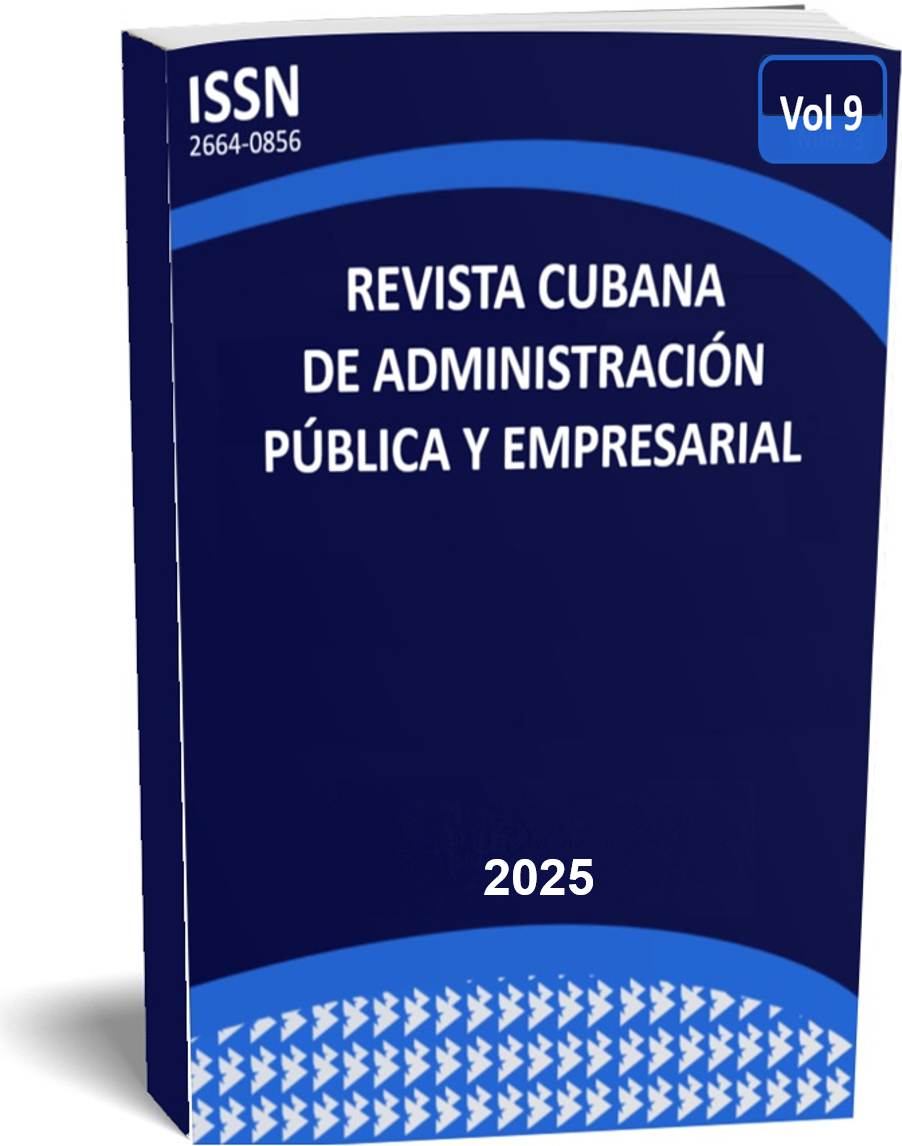Constructing and innovating research-teaching communities driven by interdisciplinarity
DOI:
https://doi.org/10.5281/zenodo.16876513Keywords:
interdisciplinarity, theory of research-education integration, practice of research-education synergy, multidisciplinary integrated cultivation, successive Undergraduate-Postgraduate cultivationAbstract
This paper provides a detailed analysis of the major challenges faced by universities both domestically and internationally in cultivating top-notch talent, primarily characterized by rigid disciplinary barriers and the weak integration of research and education. To implement the guiding principles of the Third Plenary Session of the 20th Central Committee of the Communist Party of China and the National Education Conference, and to establish a holistic “grand education perspective” that synergizes education, science and technology, and talent development, to advance the “scientifically organized talent cultivation”, the School of Interdisciplinary Science (SIS) at Beijing Institute of Technology (BIT) is moving towards establishing a physical Advanced Interdisciplinary Research and Education Center (AIREC). This initiative aligns with BIT’s strategy to deepen the “integration of research and education” and the main approaches involve leveraging first-class interdisciplinary research teams to build first-class teaching capabilities and utilizing top-tier interdisciplinary research platforms to shape first-class educational platforms. It can help foster a virtuous cycle among education, science and technology, and talent development, and cultivate doctoral graduates with comprehensive interdisciplinary capabilities. Hereby, these objectives will be achieved including advancing BIT’s high-quality development of its “Double First-Class” disciplines, providing a solid foundation for cultivating original leading talents urgently needed for national strategic priorities, including scientists, entrepreneurs and chief designers for national defense, as well as incubating and nurturing globally impactful and original scientific research innovations within China.
Downloads
References
Zang RN, Bao CQ. breaking through for the sake of reconstruction, innovating for future: a report of the establishment and development of BIT’s school of interdisciplinary science. BIT News Network. 2024-10-28. [Accessed 11 June 2025]. Available in: https://bit.edu.cn/xww/lgxb21/0d60f4fb2ecb4d98ad0c15dbd670d176.htm.
Krauss A. Science’s greatest discoverers: A shift towards greater interdisciplinarity, top universities and older age. Humanities & Social Sciences Communications. 2024; 11 (01): 1-11. [Accessed 13 June 2025]. Available in: https://doi.org/10.1057/s41599-024-02781-4
Cao PP. The more disciplinaries integrate, the broader scientific view becomes. Tencent Cloud Developer Community. 2017-12-21. [Accessed 15 June 2025]. Available in: https://cloud.tencent.com.cn/developer/news/15675.
Exploring AI + X: A comprehensive analysis of MIT’s interdisciplinary projects on artificial intelligence. Sohu News Network. 2025-03-21. [Accessed 15 June 2025]. Available in: https://www.sohu.com/a/874034290_121956424.
Zhang YN. High-level understanding, high-standard planning, and high-efficiency implementation. China Education Daily; 2024-5-17.
Shanghai Jiao Tong University’s multiple measures to build an international frontier cross-disciplinary innovation highland for basic disciplines. Education Lawyer Network. 2025-02-26. [Accessed 15 June 2025]. Available in: http://huanqiulawyer.com/article/3061.html.
New campus of a “985 Project” university: 10 colleges are coming! All of them focus on new engineering disciplines! NetEase News. 2021-02-20. [Accessed 15 June 2025]. Available in: https://www.163.com/dy/article/G3ABPL260536N8D8.html.
Xu Q, Du J. Cross-disciplinary collaboration promoting the overall transition of disciplines. Urumqi Micro Life. 2022-06-28. [Accessed 14 June 2025]. Available in: https://www.wlmqw.com/view/35591.
Tang YW, Yu M. The integration of science and education and the quick development of the computer discipline. China Education Daily; 2024-12-26.
Gong H. China Transport News: Building “high-level” scientific research platforms to promote future transportation technology innovation. Chongqing Jiaotong University News Network. 2024-11-21. [Accessed 16 June 2025]. Available in: https://news.cqjtu.edu.cn/info/1021/60574.htm.
Bai Q. Transformation of the knowledge production mode in university and innovation of disciplinary construction. University Educational Sciences, 2020; (03): 31-38.
Liu H, Xie R. The historical context, influencing mechanism and development of institutional changes in interdisciplinary construction within China: An analysis based on historical institutionalism. Jiangsu Higher Education. 2023; (05): 49-53.
Taylor, F. The principles of scientific management. Beijing: Peking University Press; 2018.
Zhang SL, Cao YH, Gu JB, et al. Analysis of the reform of the training mode for innovative talents in basic research. Graduate Education Research. 2013; (02): 35-38.
Yang M. Lu Jianjun’s research on the school-enterprise deep integration platform for aerospace round-trip power and intelligent manufacturing. Xi’an Jiaotong University Alumni Network. 2024-09-26. [Accessed 11 June 2025]. Available in: https://alumni.xjtu.edu.cn/info/1115/8102.htm
Guizhou’s promoting the deep integration of the education chain, talent chain, industrial chain and innovation chain. The People’s Government of Guizhou Province. 2024-08-07. [Accessed 19 June 2025]. Available in: https://www.guizhou.gov.cn/home/gzyw/202408/t20240807_85333712.html
Jia AP. Xinhua News Agency: “Big field + big project + big teacher”, Beihang University’s industry-education integration blazed a new trail for cultivating aerospace experts. Beihang University News Network. (2025-03-24. [Accessed 18 June 2025]. Available in: https://news.buaa.edu.cn/info/1006/64941.htm.
Beijing Jiaotong University has developed the “Four Connections” model for talent cultivation to further promote the comprehensive reform of education and teaching. Office of Development Planning and Comprehensive Reform at China University of Geosciences (Office of Discipline Construction, Office of Academic Committee). 2021-09-23. [Accessed 24 June 2025]. Available in: https://fzghc.cug.edu.cn/info/1017/2415.htm.
Yue GF. Research on the cultivation of graduate students’ innovation ability based on the mentor team model. Journal of Nanjing Medical University (Social Sciences). 2012 (5): 401-402.
Regulations on the requirements for innovative achievements of doctoral students at Harbin Institute of Technology during their doctoral studies. Graduate School of Harbin Institute of Technology. 2024-08-21. [Accessed 25 June 2025]. Available in: https://hitgs.hit.edu.cn/2024/0821/c17461a351258/page.htm.
Published
How to Cite
Issue
Section
License
Copyright (c) 2025 Xiangbiao Liao, Dezh Zheng, Qi Chen, Ping Li , Jing Yagn , Minghui Yang, Ao Zhang

This work is licensed under a Creative Commons Attribution-NonCommercial 4.0 International License.
-
Attribution — You must give appropriate credit, provide a link to the license, and indicate if changes were made. You may do so in any reasonable manner, but not in any way that suggests the licensor endorses you or your use.
-
NonCommercial — You may not use the material for commercial purposes.
- No additional restrictions — You may not apply legal terms or technological measures that legally restrict others from doing anything the license permits.


